01:23
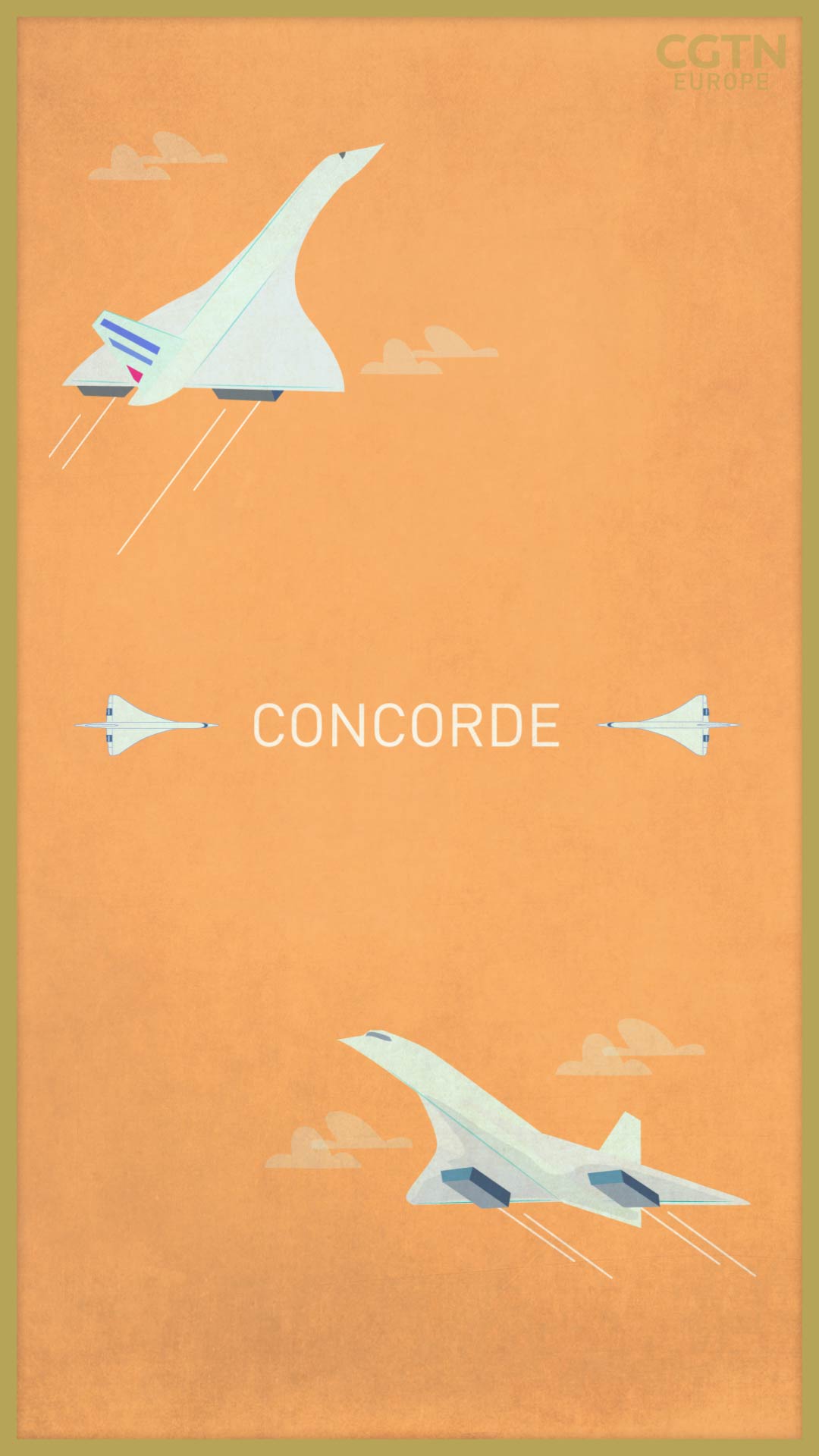
Most people prefer their travel to be in a linear direction, desiring to get from A to B as fast as possible. Harnessing the accumulation of technological advances, we speed to our destination ever more promptly – once you've accelerated down the autobahn, there's no returning to the age of horse and cart.
The exception to this rule of progress is, conversely, the speediest method of travel most of us will ever experience: air travel. Most commercial aircraft cruise at around 925 km/h, with a top speed of around 1050 km/h for the Airbus A380 and various flavors of Boeing 747s.
That all sounds rather swift – until you note that in the last quarter of the 20th century, commercial passengers could clamber aboard a genuinely innovative airplane capable of cruising at 2,150 km/h: twice the speed of modern commercial aircraft, and twice the speed of sound.
Better yet, that plane was the result of groundbreaking European co-operation, a collaboration between the French and British that led to its name: Concorde. But even that became a source of friction in what was a decades-long bumpy flight and after a generation of Champagne-swilling, ocean-crossing, supersonic travel, Concorde was grounded forever in 2003.
What went wrong? From the height of the Cold War to the dawn of the War on Terror, it was a story of innovation and inefficiency, of geometric genius and market forces – but its intentions were hopeful and futuristic back at the dawn of the space age…
An uneasy entente cordiale
The decades immediately after World War II produced great leaps forward in aviation technology. The first commercial jet airliners, using turbine engines instead of propellers, came into service in the 1950s, cutting the time and cost of intercontinental travel: 1958, when the Boeing 707 began a regular New York to London service, was the first year more passengers crossed the Atlantic by plane than ship.
At the same time, the Cold War encouraged a race for new technology, including the search for a plane design capable of supersonic speed. "The British government wanted to split the costs with another country," said Jonathan Glancey, author of Concorde: The Rise and Fall of The Supersonic Airliner. Having been excluded by suspicious U.S. concerns at governmental and commercial level, Britain turned its gaze closer to home, entering into a collaboration with France.
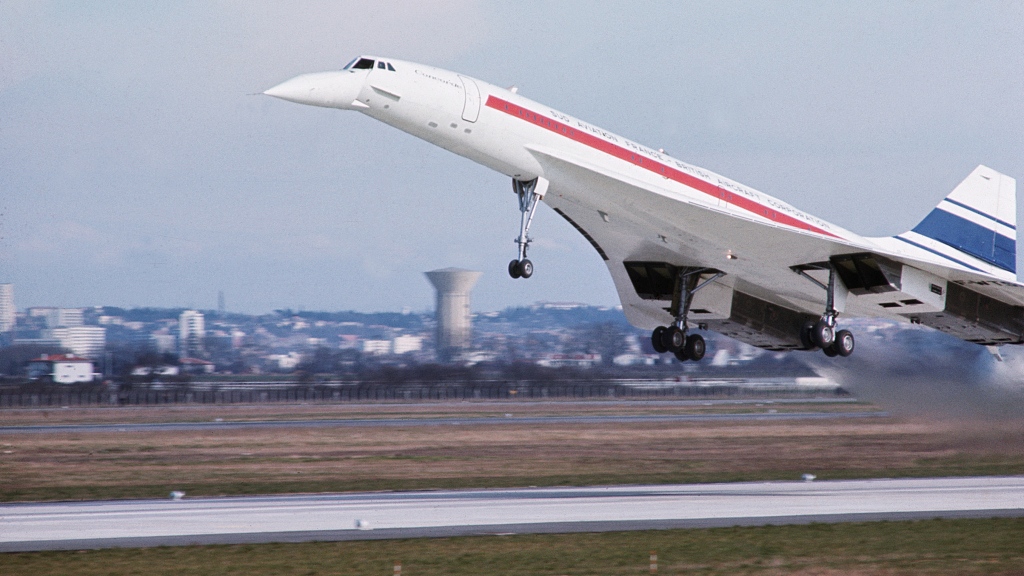
The Concorde takes off for its first flight in 1969. /Marc Garanger/Corbis via Getty Images
The Concorde takes off for its first flight in 1969. /Marc Garanger/Corbis via Getty Images
It was an uneasy entente cordiale which didn't always run smoothly but just about survived into the next century. In fact, it nearly didn't happen at all: Britain balked at the projected costs, which quickly doubled from 70 million pounds in 1956 (around $1.885 billion in 2020 prices) to 150 million pounds in 1962 ($3.462 billion now). There was also mutual political suspicion as the UK jockeyed to join the European common market, established in 1957.
Even when a treaty was carefully signed in 1962, naming the new venture Concorde, it might better have been named Discord. Within a year, UK prime minister Harold Macmillan – enraged by a perceived snub when his French counterpart Charles de Gaulle visited London without seeing him (De Gaulle claimed he had a cold) – insisted those planes built in Britain be spelled the English way, without the final 'e'.
The unsellable supersonic
But Concorde – unusually for aeroplanes, only ever referred to in English in the conceptual singular, rather than as "a Concorde" or "several Concordes" – did finally get off the drawing board and into the skies, with its final e intact, in 1969. And even for a public that had become accustomed to the jet age, it was an assault on the senses.
That groundbreaking triangular wing shape (more specifically a double-delta ogee) had a childlike simplicity, reminiscent of a schoolbook doodle or paper aeroplane. More notably, when Concorde broke the sound barrier, it caused a sonic boom – a loud noise caused by the aircraft moving faster than sound, like a whip-crack or thunder.
Concorde criss-crossed the globe, attempting to drum up sales to airlines other than British Airways and Air France – but the early 1970s brought an unprecedented series of financial shocks. The untethering of the U.S. dollar from the gold standard, the devaluation of the dollar, the October 1973 oil crisis and the 1973/74 stock market crash killed the market, while the crash at the 1973 Paris air show of the Tupolev Tu-144, a similar Soviet supersonic craft nicknamed "Concordski," killed all onboard plus more on the ground.
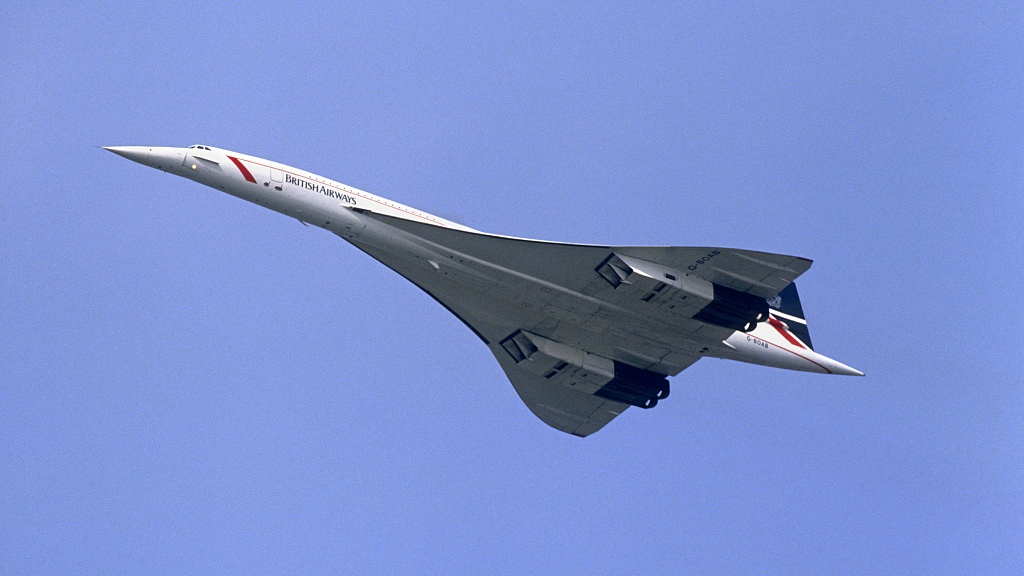
An early Concorde in flight: A vision of a sleek, bright future. /In Pictures Ltd/Corbis via Getty Images
An early Concorde in flight: A vision of a sleek, bright future. /In Pictures Ltd/Corbis via Getty Images
Within little more than a year, all the airlines that had excitedly ordered their own Concorde – Air Canada, United, Pan Am, TWA, Japan Airlines, Lutfhansa, American, Middle East, Sabena, Easter, Braniff, Continental, Qantas and Air India – dropped out, leaving just the British and French flag-carriers.
Many airlines preferred the efficient new wide-bodied planes; subsonic but substantial, the Boeing 747 achieved around three times the passenger miles per gallon of fuel than Concorde, the made-for-speed engines of which burnt around two tons of fuel – 2 percent of its load – simply taxiing to the runway for takeoff.
That initially fascinating sonic boom had also caused problems, with increasing complaints from citizens; noise on takeoff and landing was also notably louder. The U.S. Congress banned Concorde from landing anywhere in the country, and although those rules were later relaxed somewhat, the need to fly over sea rather than land – or to travel at inefficient subsonic speed – restricted the possible routes and further hampered saleability.
Exclusive club
All that said, Concorde launched its first passenger flights in 1976, from London to Bahrain and Paris to Rio de Janeiro (via Dakar); other regular destinations soon included Barbados, Caracas, Mexico City, New York, Singapore and Toronto, granting the new craft an intercontinental chic.
Indeed, flying on Concorde became something of a private club, regaining the elegant cachet of travel that some felt had been lost as the airways opened up to the mass market. Unlike the cattle-class flights, which ferried coachloads of tourists on short-haul package holidays, Concorde was the epitome of pared-down exclusivity: the plane's design allowed for just 100 or so passengers (around a fifth of a 747's payload), each treated to complimentary champagne while zooming above a shrinking globe. In 1996, Concorde flew from New York to London in two hours and 52 minutes, less than half the time a standard jet would take.
This exclusivity (and aeronautical inefficiency) came at a cost – not that the well-heeled passengers cared much. Interviewed in 2005, former Concorde chief pilot William 'Jock' Lowe revealed: "We did some research which showed that the Concorde passengers actually didn't know how much the fare was.
"When we asked them to guess how much it was, they guessed that it was higher than it actually was," he continued, "so we just started to charge them what they thought they were paying anyway." That certainly helped with the finances: by 1997 the New York-London return ticket was $7,995, just under $13,000 at today's prices.
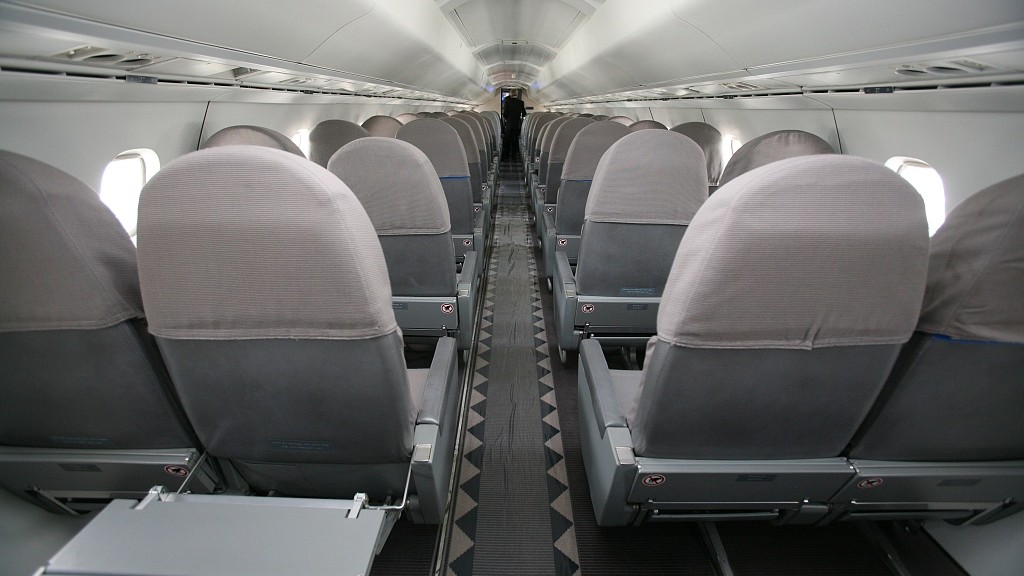
By modern standards, Concorde's interior was hardly glitzy – but the service and the passengers added style. /Aksaran/Gamma-Rapho via Getty Images
By modern standards, Concorde's interior was hardly glitzy – but the service and the passengers added style. /Aksaran/Gamma-Rapho via Getty Images
But that cost merely added to Concorde's glitzy image. Cruising at 60,000 feet (more than 17 kilometers above the Earth) compared with the standard 35,000 feet of a 747, Concorde was literally operating on its own plane, a supersonic premium brand hitting the market just in time for the greed-is-good 1980s.
"I felt strongly that I had entered a private club," said Richard Ford, who day-tripped across the Atlantic and back in the 1980s while working for an interior design firm hired by British Airways to update Concorde's interior. "It was a brief glimpse into a life I had not known: polite, considerate, and beautifully detailed. It was impossible to not feel spoiled, and valued."
Wedding couples would break the bank for that special start to their honeymoon; rising stars would ensure the paparazzi were aware of their arrival time; business people would wear their frequent-flyer miles like a badge of honour. One, Fred Finn, flew on Concorde a record-breaking 718 times.
"Partly because of the premium prices charged for Concorde flights, the aircraft attracted the kind of clientele – mostly senior business execs – who didn't need entertainment," said Glancey. "Passengers would, of course, chat and mingle to an extent, but many worked."
Famous faces were a common sight. UK TV star Terry Wogan loved Concorde's ability to let him eat "breakfast at Heathrow, and breakfast again on arrival in New York." In 1985, rock star Phil Collins whizzed supersonically across the Atlantic to play in both legs of the Live Aid concert, in London and Philadelphia. Two years later, land-speed record holder Richard Noble went two better, crossing the Atlantic three times in a day while letting someone else take control for a change.
Touching back down
The beginning of the end came on 25 July 2000 with the fatal accident that killed all 100 passengers plus nine crew and four people on the ground. Taking off from Paris Charles de Gaulle towards New York's JFK airport, Air France flight 4590 rolled over a metallic strip which had fallen off a DC-10; the metal exploded one of Concorde's tyres, a fragment of which pierced a fuel tank and caused a fire, the resulting loss of power sending the plane crashing into the grounds of a nearby hotel.
Grounded for more than a year, Concorde was retrofitted with unburstable tyres and Kevlar-lined fuel tanks, but its image had been tarnished by that first ever fatal accident – and worse was to follow for the industry. Concorde's first flight after its enforced break triumphantly touched down at JFK airport on the bright, innocent morning of 11 September 2001.
The 9/11 attacks on the U.S. crippled the aviation industry, and fresh memories of the Paris crash – coupled with Concorde's high profile and lavish reputation making many assume it would be a target for terrorism – hurt the supersonic flier more than most. Suddenly, speed wasn't a priority compared with safety.
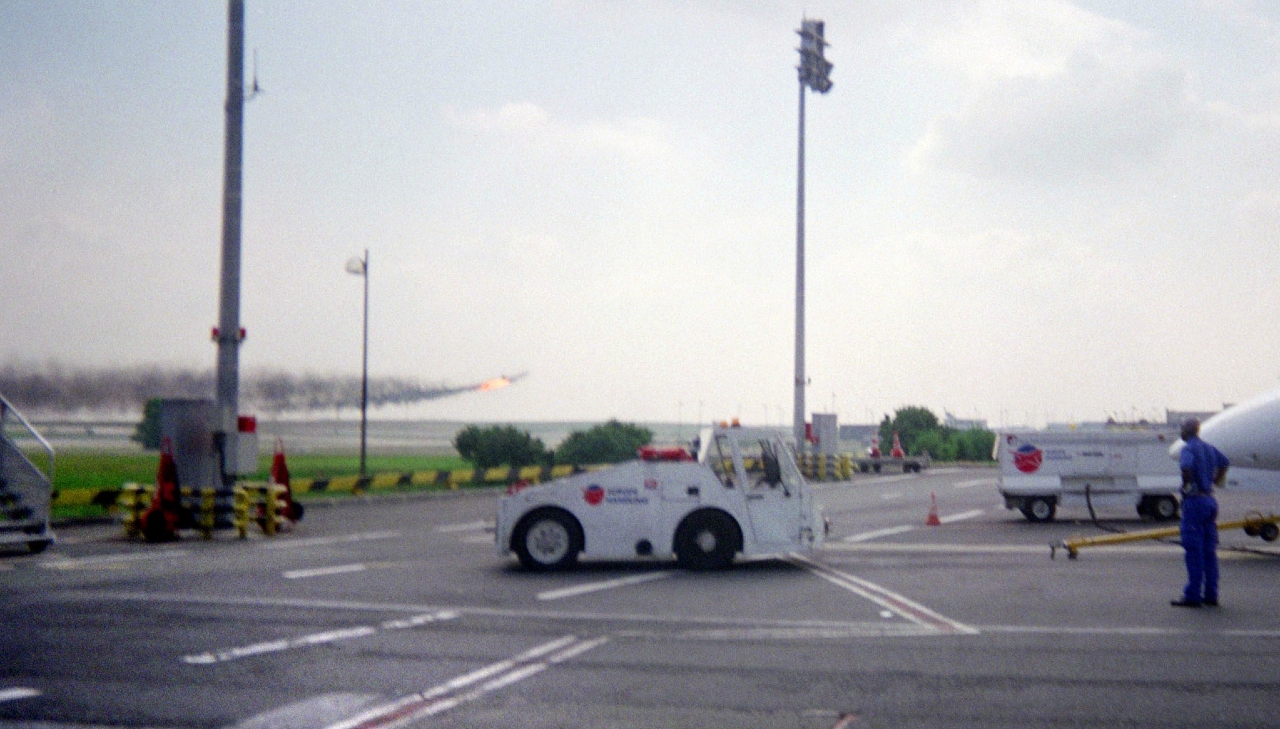
Flames shoot out of Air France flight 4590 a few minutes before the plane crashed, killing 113 people. /AFP
Flames shoot out of Air France flight 4590 a few minutes before the plane crashed, killing 113 people. /AFP
"For some people, saving those four hours was vital," said Bob van der Linden of the Aeronautics Department of the Smithsonian Institution's National Air and Space Museum. "But for most people it wasn't that important. And not enough to justify the price tag."
In addition, Concorde's technology – groundbreaking a generation earlier – was now beginning to date. Compared with newer digital interfaces, its analogue cockpit not only looked dated but its operation was now overly complicated: no other British Airways plane still required a flight engineer, a role which had been eliminated by the incremental improvements forced by stiff competition upon the likes of the 747.
The final straw was lack of support from Concorde's two parent companies, buffeted by the winds of post-9/11 industry troubles. In April 2003, British Airways and Airbus (which had bought France's Aerospatiale in 2000) issued a joint statement that they would retire Concorde before the year was out.
Remembering the future
There have been attempts to save or revive Concorde: Richard Branson tried to buy the brand for his Virgin carrier and a few optimistic souls have raised money towards restoration of service. But in truth, the world that Concorde changed has moved on.
While global income inequality means there are more super-rich than ever before, those with deep pockets do not tend to travel in shared spaces: the modern aviation status symbol is not a Concorde ticket but a private jet. There are now nearly 5,000 of them in operation, with privatefly.com estimating that 8 percent of all European flights are private.
That's not to say the spirit of scientific collaboration is gone; nowadays, the frontiers of traveling technology are pushed by the European Space Agency.
We will doubtless see improvements continue, but the democratization of flying embodied by the 747 and its descendants is at odds with the stratification personified by high-flying Concorde.
"It seems very likely that business people with a lot of money could be flying supersonic private jets," said Samme Chittum, author of The Last Days of Concorde. "It seems unlikely that supersonic flights will become commercially available to everyone."